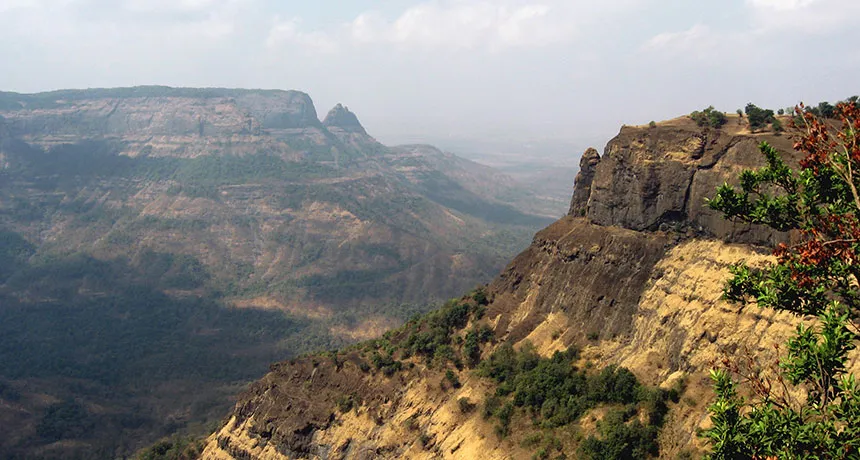Dual magma plumes fueled volcanic eruptions during final days of dinosaurs

Dual magma plumes contributed to mega-sized volcanism around the time of the dinosaur die-off 66 million years ago, a new study suggests. The remnants of this volcanic activity, known as the Deccan Traps, are in what is now India.
Nicholas/Wikimedia Commons (CC BY-SA 2.5)






